TRICKS OF THE TRADE
Your Painter Mate’s guild to PIY (Paint it Yourself)
Undertaking your own paintwork can be a challenging task and it’s worth doing some research before you start. Here are a few tips from your painter mate.
Choose the type of paint you need
Walls - Low Sheen or Matt. The best way to think of it is Low Sheen is a bit shinier and has a better washable rating but Matt is easier to touch up if damaged and will hide more blemishes in the walls.
Ceilings – Flat paint and comes in a standard white.
Trims – Semi-Gloss or Gloss
Choose your colour
Pick out a couple of colours that you like, all the paint shops can mix up other brands colours so you're not limited. Purchase a couple of sample pot to take home and paint on a large piece of card several coats then move around the room to see it in various lighting and how it will match with your furnishings.
Measure your walls
Most paints will be around 16m2 per 1L of paint, always check the label as some can be much less.
GATHER EQUIPMENT
cleaning products – Sugar soap if your walls are greasy or dirty, methylated spirits will clean old paint spots.
drop sheets – use plastic and old curtains are always a good one.
sandpaper – I know you don’t want me to tell you this but you have to sand everything and do it properly if you want the paint to stick to the surface. Anything that needs a heavy sand is gonna be 60g and 80g paper and 120g is your normal go to for most things i.e. sanding walls, doors and trims. 180g and higher would be for buffering and fine sanding.
scrapers,
fillers,
paint rollers,
extension poles,
brushes,
a ladder,
masking tape,
rags,
prep-coats,
sealers, primers/undercoats and finishing paints.
Get Painting!
Remove or condense your furniture into the centre of the room and cover with an old sheet or drop cloth. Cover floors with drop sheets and tape up doors, skirting boards, windows and light fixtures.
Remove picture hooks, door handles, window hardware, light switch plates, powerpoint covers and light fixtures. Place the pieces together in bags and clearly mark the contents and the location from which you took them.
Wash your walls where necessary for a thoroughly clean surface. Scrape off flaking paint and patch up any holes or cracks. After the patches have dried, sand and clean the areas then apply a coat of sealer or undercoat. Any existing woodwork or trimmings finished in an oil-based paint need to be undercoated with an oil-based undercoat, lastly apply new water-based paint.
Wear old and comfortable clothes and shoes and remember to remove your jewellery.
To clean up, remove any excess paint, clean up drips and spills from; windows, tiles, floors or glass with an appropriate scraper. Use a damp rag to clean spills and paint from your hands. Clean all rollers and brushes immediately after use with cleaners, soap or water (see paint can instructions) then dry and store ready for future use.
Use a glass jar or small paint tins to store excess paint. Label the container with important information; date, colour name and number, where it was purchased and the room where it was used. Excess paint can be used for touch up jobs.
The Van Diddens Team are happy to answer any questions you may have about your painting project – after all, it is our passion!
